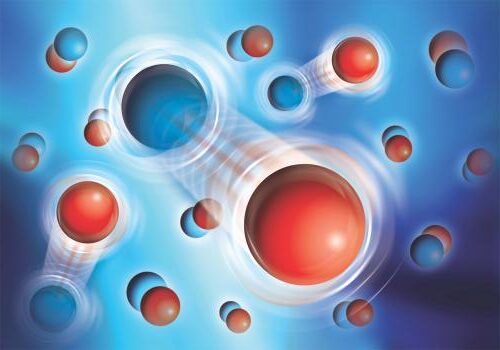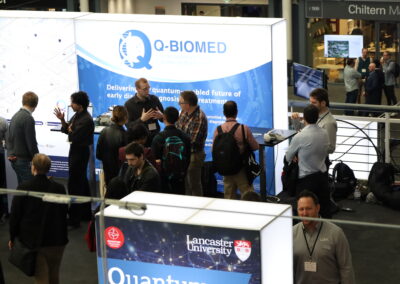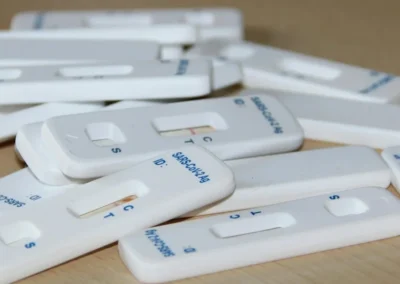The world of materials we see around us is governed by just one law of nature, discovered by the French scientist Charles-Augustin de Coulomb, in 1785. Coulomb’s law states that the attraction of positive electric charge to negative electric charge diminishes as the square of the distance between the charges. It determines the properties of materials because they are made of atoms, which consist of positive nuclei and negative electrons. However, electrons in materials can be ripped out of atoms by applying an electric field that is strong enough to overcome the Coulomb attraction. The way that the resulting electric current changes with the strength of the electric field is a mathematical signature of Coulomb’s inverse-square law.
Now for the first time, scientists from the LCN have teamed up with others from the UK, France and Japan, to experimentally establish the magnetic equivalent of Coulomb’s law of attraction between atom-size packets of magnetic charge, called magnetic monopoles. These monopoles exist in special “spin ice” materials where they form currents analogous to electrical ones, so-called “magnetricity”. By measuring the magnetic field-dependence of these currents, scientists have observed the mathematical form characteristic of the Coulomb attraction of positive and negative magnetic monopoles. This is the first time the Coulomb law has been directly observed in experiment for atom-sized magnetic charges, although Coulomb himself showed that the north and south poles of bar magnets interact in the same way.
The experiments were performed at the Institut Néel, CNRS in Grenoble France, where spin ice materials were rapidly cooled to only five hundredths of a degree above absolute zero (minus 273 degrees Celsius). This produced many pairs of positive and negative magnetic monopoles. The workers then applied a strong magnetic field to pull the pairs apart, whereupon they observed the magnetic current changing with field in the way characteristic of Coulomb’s law.
“We’ve shown that magnetic monopoles in spin ice interact by Coulomb’s law by measuring the force needed to separate them” says Prof. Steve Bramwell of the LCN. “This is an important step to being able to understand and manipulate magnetic monopoles in spin ice at the nanoscale”.
The discovery puts magnetic monopoles in spin ice on a very firm basis and may have implications for magnetic technology at very low temperature.



